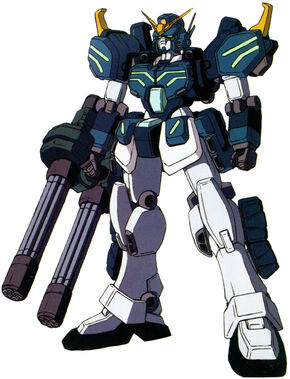Lesson 3
First off, sorry about the pun-title, won't do it again (probably).
Anyways... let's start with some more practical information regarding manga/anime. This time around I'll be explaining the different categories of manga/anime. Since many stories incorporate multiple genres (and due to the "genre shift" I mentioned before), manga/anime are typically classified by what the target audience is rather by theme. They are as follows:
Shonen: Targeted towards younger males (pre-teens to teens). Typically focused on action, humor, or both.
Shoujo: Targeted towards younger females. Typically focused on romance and drama. I personally find shojo stories tend to be darker than shonen stories
Seinen: Targeted towards older males (older teens/in their twenties). Stories of this nature tend to have more serious themes than shonen and in many cases have more "intense" art.
Josei: Targeted towards older females. I personally haven't read much josei so I apologize for my lack of information in this regard. Research, however, would seem to indicate that this category tends to focus on the everyday lives of women living in Japan.


